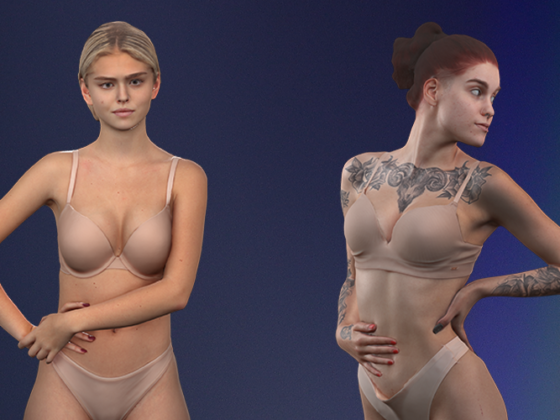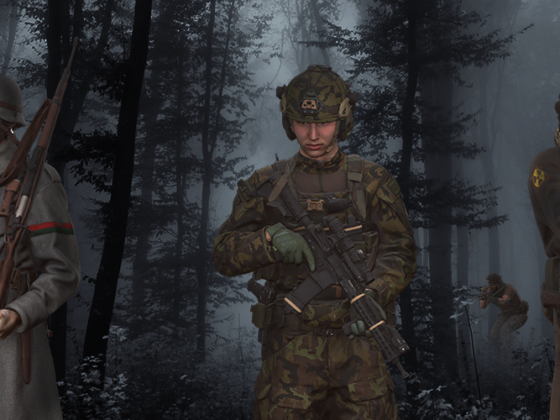How Cutting-Edge Digital Technologies Are Safeguarding Cultural Heritage Worldwide

In collaboration with the Museum in Uherské Hradiště, our team recently completed a remarkable project: the full 3D scanning and digitization of traditional Central European folk costumes. This effort bridges the gap between cultural heritage and modern technology, taking us on a journey from historical garments to virtual reality and even 3D printing.
1. Scanning Folk Costumes: Layer by Layer
Over the course of the project, we scanned and photographed a total of 70 unique 3D layers of traditional costumes (kroje), representing 15 different types of male and female attire. Each costume (kroj) was documented from the innermost linen undergarments to the fully dressed, elaborately adorned ensemble.
The reason for scanning the layers separately lies in the limitations of museum displays. In most cases, museums only own one version of each costume, and due to space constraints, they can exhibit only the outermost and most visually striking layer. Our digital reconstruction allows for a complete and layered visualization of the entire outfit, giving museums and audiences the chance to explore every detail that would otherwise remain hidden.
Preserve cultural heritage for future generations by making items available in digital form in case of unforeseen circumstances such as natural or other disasters (e.g. fires: Krásna Hôrka Castle in 2012, Notre-Dame Cathedral in Paris in 2019, Banská Štiavnica in 2023). This also reduces the need for direct handling of original artifacts.
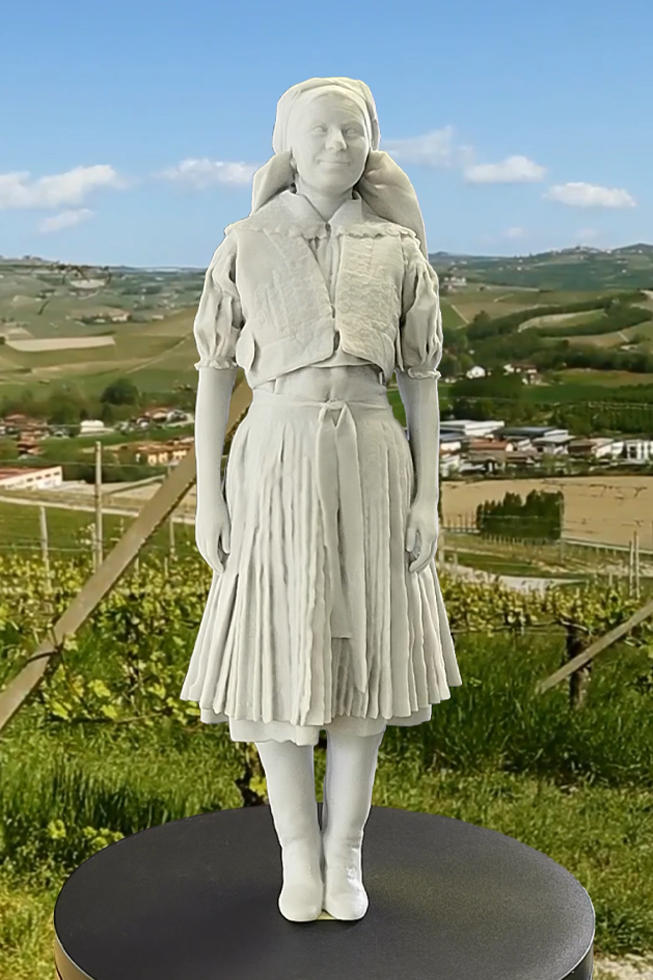


2. A Brief History of Folk Costumes
Traditional folk costumes in the Central European region are deeply tied to local identity, social status, and cultural rituals. Each element — from embroidered blouses to ornate headpieces — tells a story about the wearer’s origin, occasion, or marital status. These garments, which differ from village to village, have evolved over centuries and are a tangible link to the cultural and historical fabric of the region.
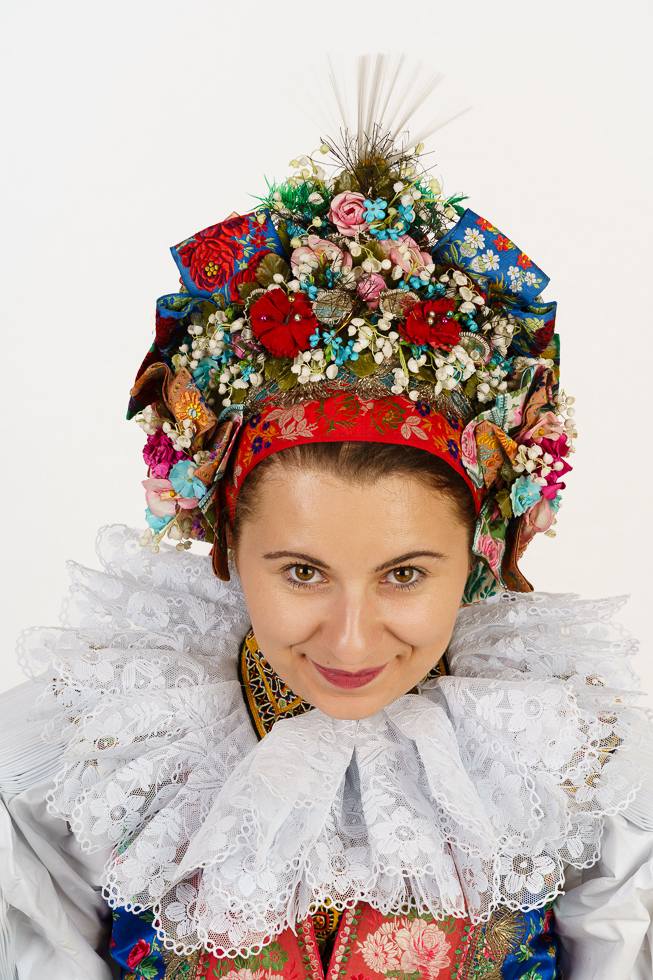
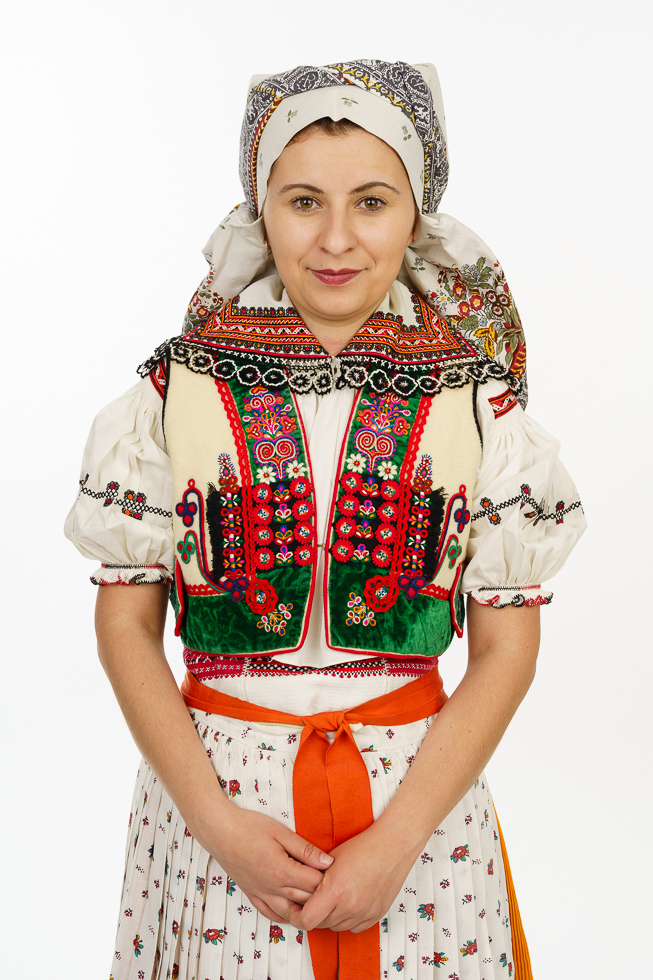



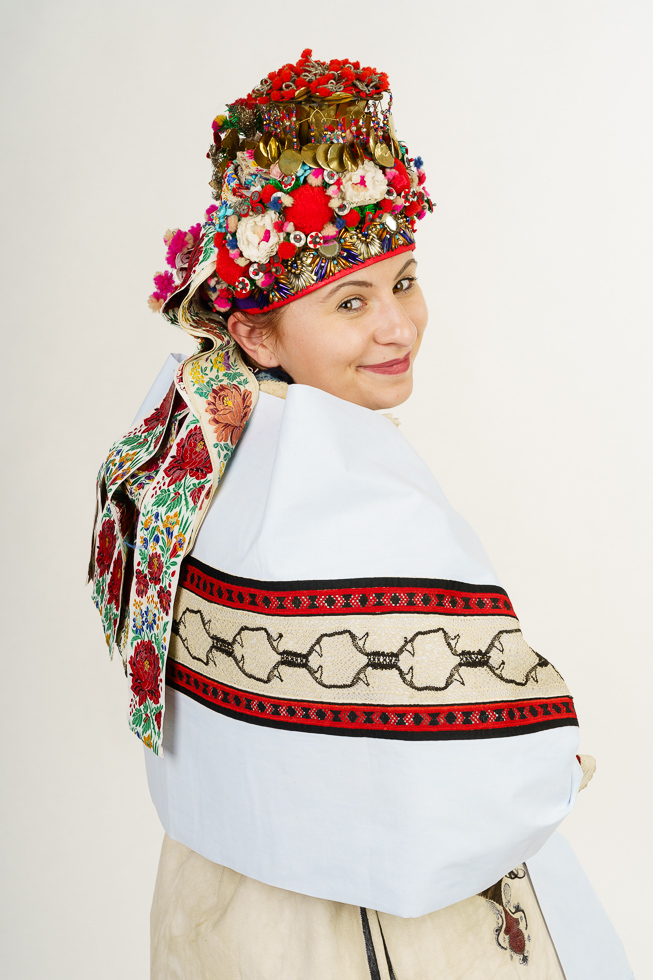
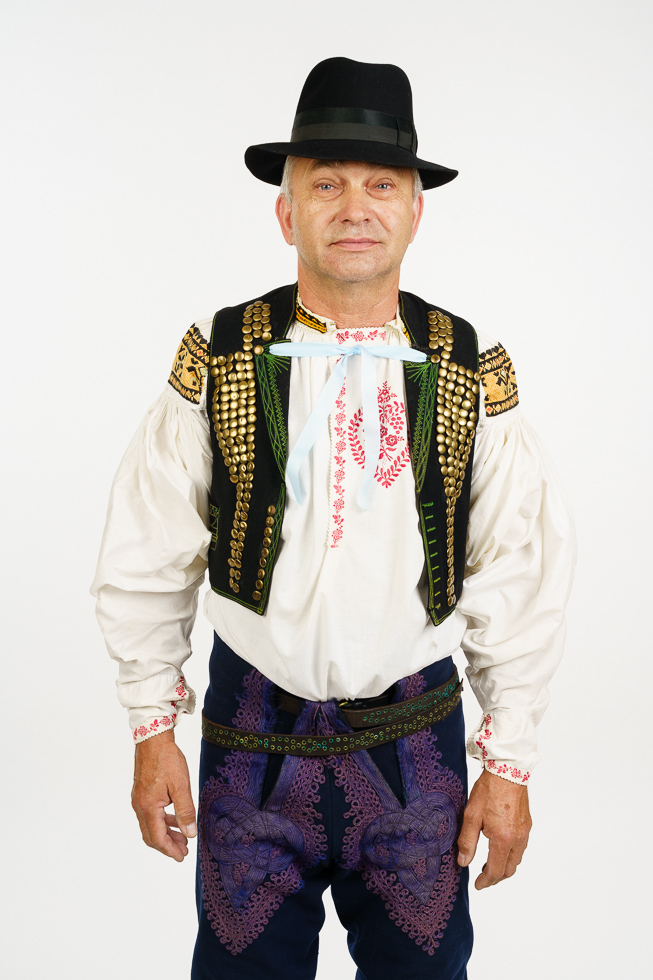
3. Behind the Scenes: The Scanning Proces
The digitization process took several dozen hours of meticulous scanning. We generated an impressive volume of data — [75] GB in total. Every scanning session was conducted under the supervision of museum representatives, who ensured that each costume was arranged correctly and authentically.
We used RealityCapture for high-precision photogrammetry, creating accurate models from hundreds of photos. Additional software tools played key roles in post-processing:
- Photoshop – for texture cleanup and color correction
- 3DCoat – for texture painting and detailing
- ZBrush – for mesh refinement and sculpting
- MeshLab, Blender, Substance 3D Painter, and others – for UV mapping, cleaning, and optimization
The cleanup process for each costume took approximately 10 to 16 hours, depending on complexity and material properties.
4. Augmented Reality and Museum Integration
Once processed, the costume models were integrated into augmented reality (AR) using the P3D.in platform, which allows interactive 3D models to be viewed in real space using mobile devices. This has opened up exciting opportunities for museums — costumes can now be explored not just in exhibitions, but also in educational settings, outreach programs, or even immersive VR environments.
For on-site museum presentations, we created interactive digital panels. Visitors can slide through different layers of a costume, view high-resolution images, and watch video recordings of the scanning process — all designed to enhance engagement and learning.
By clicking on this link (https://p3d.in/e/QzMa8), you’ll see a cleaned-up 3D model with the option to view it in Augmented Reality – that is, in any space around you. Try clicking on the “AR” icon; once your mobile device’s camera opens, simply point it into your surroundings and the magic will soon appear.
Explore the 3D model and all its details from the comfort of your home, classroom, or anywhere else.
Scan the QR code and interact with the 3D model directly in a 3D environment, where you can view it from every angle.
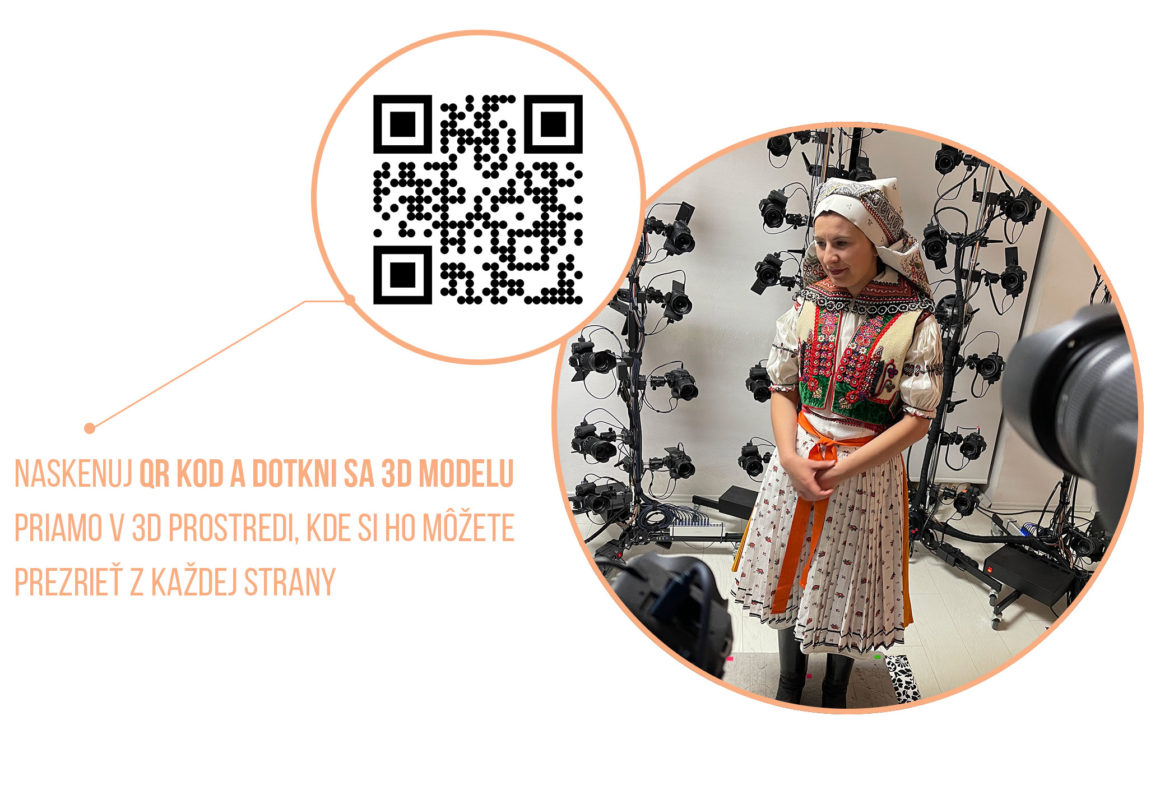
5. From Digital to Physical: 3D Printing
To further showcase the potential of these scans, one of the female costume models was 3D printed using high-detail resin (Prusament Resin Model Solid Grey) on the Prusa Pro SLX printer. The print took around 30 hours and captured fine details, from embroidery folds to the figure’s silhouette, creating a durable, tangible representation of the traditional costume.
Each costume, from scan to AR integration, took approximately 25–30 hours of dedicated work.
Conclusion: Digitizing Heritage for the Future
We prepared the presentation “Cultural Heritage in Times of Digital Revolution” which explores how the digital revolution is transforming the preservation, sharing, and interpretation of cultural heritage. It highlights both the challenges and opportunities brought by digitization and likely includes examples or projects related to this topic.
To learn more, check out the presentation here:

Scan the QR code and browse the presentation of the project Slovácké Museum.

This project highlights how advanced technologies — body scanning, 3D modeling, augmented reality, and 3D printing — can preserve and share invaluable elements of our cultural heritage. By digitizing folk costumes in full detail, we provide anatomy references for researchers, educational tools for schools and museums, and a permanent, accessible record for future generations.
Whether viewed in virtual reality or held as a 3D print, these costumes now transcend physical limitations, helping ensure their beauty and history continue to inspire in the digital age.
Our team with performers from the museum





